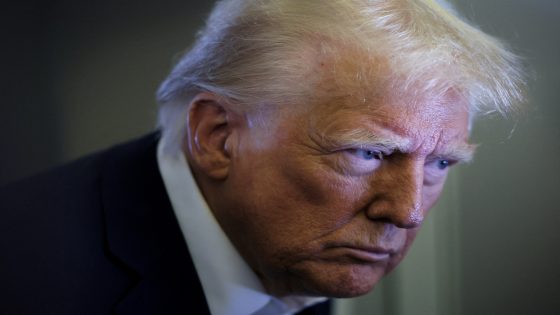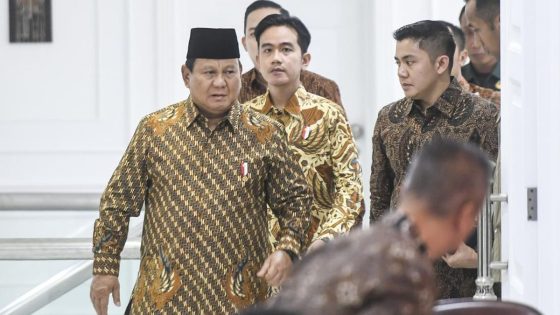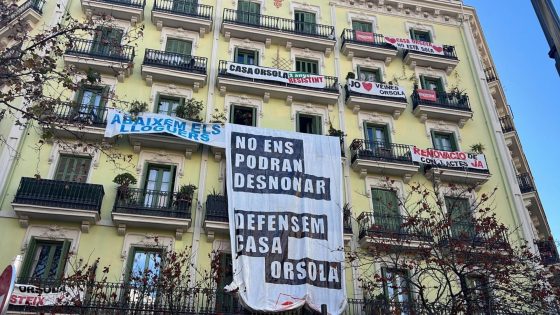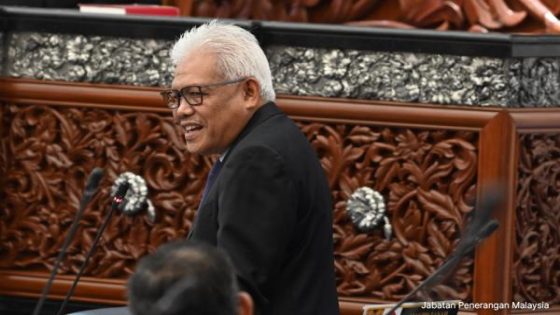A new proposal called the “Anti-Oruam Law” aims to prohibit public hiring of artists who promote crime. This initiative was recently introduced in Manaus and has sparked discussions across Brazil. As of February 18, 2025, the law is set to be debated in various cities, including Rio de Janeiro. Will this legislation change the way artists are perceived in society?
- Anti-Oruam law proposed in Manaus
- Eduardo Pedrosa opposes cult of criminals
- Rio de Janeiro to discuss Anti-Oruam law
- Debate on banning artists promoting crime
Brazil’s “Anti-Oruam Law” and Its Implications for Public Artists
What does it mean for artists if they can’t promote crime? The “Anti-Oruam Law” is stirring debate across Brazil, especially in major cities like Rio de Janeiro and Manaus. This law reflects a growing concern about the influence of certain artists on public perception and crime. Are we witnessing a shift in cultural values?
Exploring the Controversy Surrounding the “Anti-Oruam Law”
The “Anti-Oruam Law” has ignited discussions on the role of artists in society. Critics argue that this law could stifle artistic expression, while supporters believe it’s necessary for public safety. Here are some key points to consider:
- Potential censorship of artists who address social issues.
- Impact on public funding for the arts.
- Concerns about defining what constitutes “apology to crime.”
- Broader implications for cultural expression in Brazil and beyond.
Public Reaction and Possible Outcomes of the Law
Public opinion is divided regarding the “Anti-Oruam Law.” Some citizens support it, believing it will deter crime, while others fear it will infringe on artistic freedom. This division raises important questions: How do we balance safety and freedom of expression? Will this law set a precedent for similar legislation in other countries?
Comparing Brazil’s Law to U.S. Artistic Freedom
In the U.S., artistic expression is protected under the First Amendment, but debates about the responsibilities of artists continue. The “Anti-Oruam Law” could serve as a case study for how different cultures handle the intersection of art and crime. As Brazil navigates this complex issue, what lessons can the U.S. learn about safeguarding both public safety and artistic integrity?
In conclusion, the “Anti-Oruam Law” is more than just a legal proposal; it’s a reflection of societal values and the ongoing struggle between safety and freedom. As discussions continue, both Brazil and the U.S. will benefit from examining the implications of such laws on culture and expression.






























